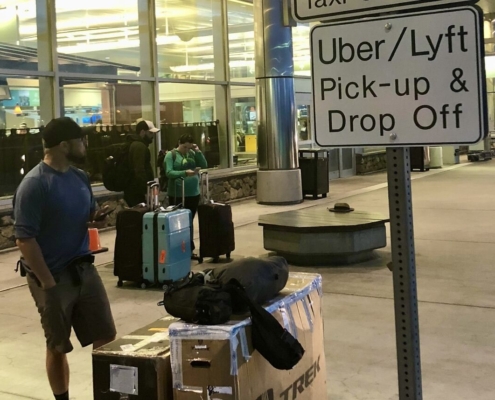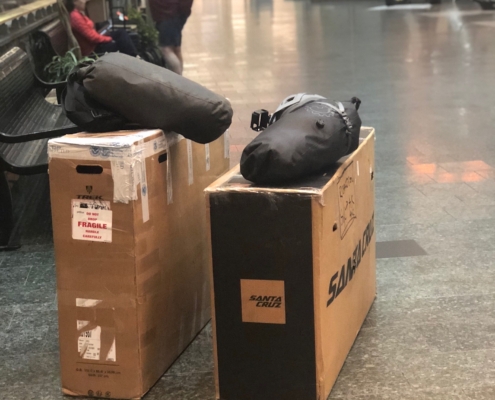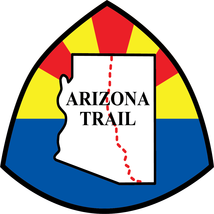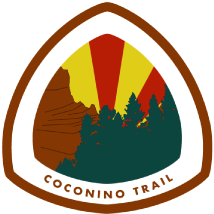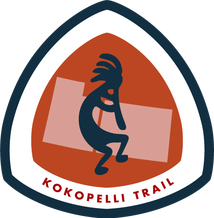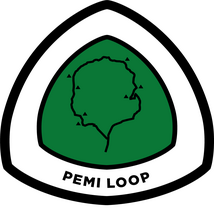The Coconino 250 is a unique bikepacking stage race.
I rode the Coconino 250 as a shake down ride for the Tour Divide. It was only my second multi-day bikepacking trip, the first being the Kokopelli Trail. I learned a lot during my tour of the Coconino. The planning and research I did before hand went a long way in ensuring I had a fun and a successful trip.
This Coconino 250 Guide was put together for bikepackers looking to experience this amazingly diverse loop. My hope is this Coconino 250 guide will remove most of the barriers found when planning for such a trip. But also get you from the couch to the trailhead faster. As a result, this Coconino 250 Guide is divide up in simple sections to supply you with the needed information in easily digestible bites.
Where do you start? This Coconino 250 Guide will give you all the tools you need to plan your own adventure on the Coconino 250 Loop. It’s a condensed version of my bigger bikepacking guides, which include the Arizona Trail, Tour Divide and Colorado Trail. Happy planning!
Table of Contents:
Save big and support The Project at the same time! Check out our Affiliate Deals page for exclusive offers on top brands. Every purchase fuels our mission to provide you with the best guides and resources for your adventures. Bookmark it now and shop smarter—deals update regularly!

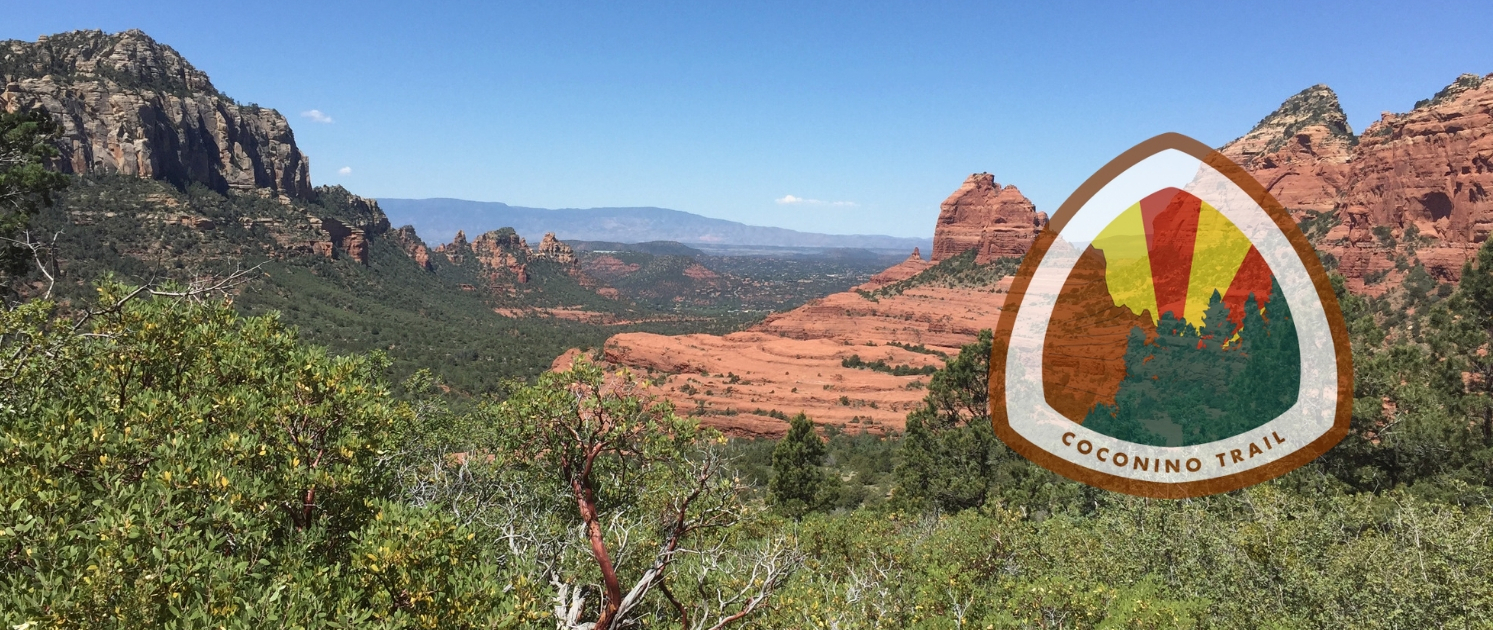

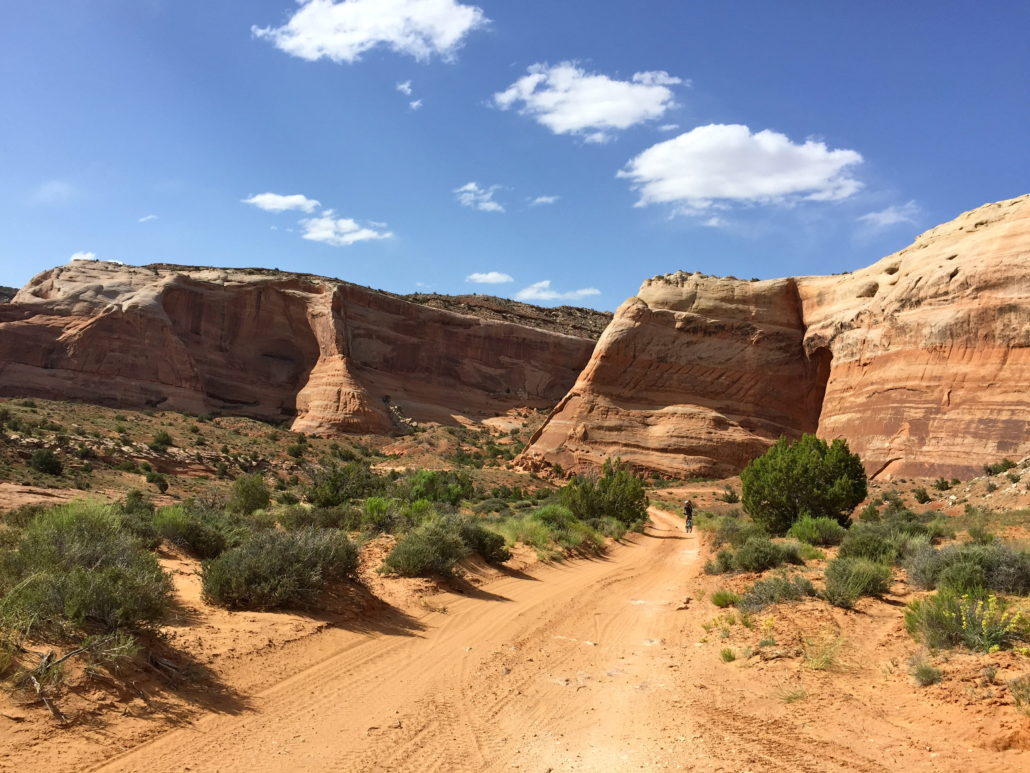


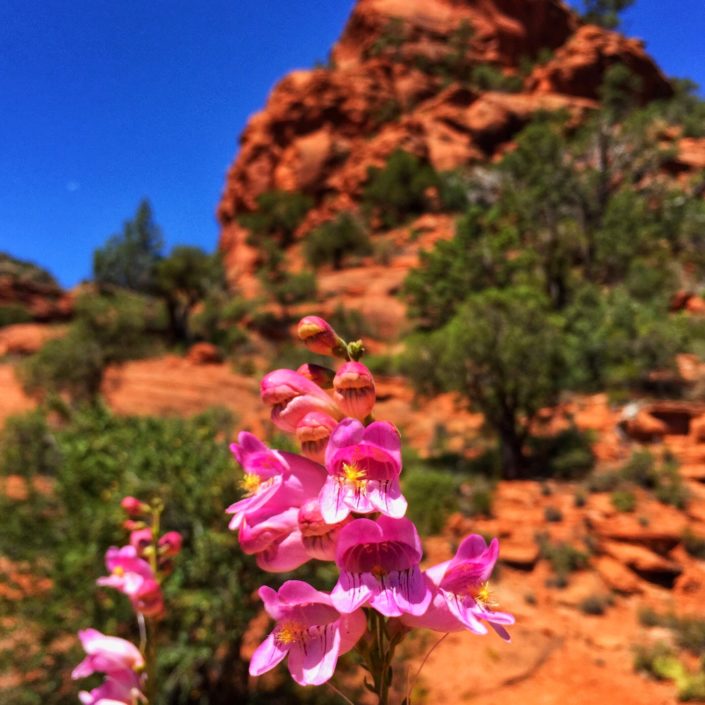

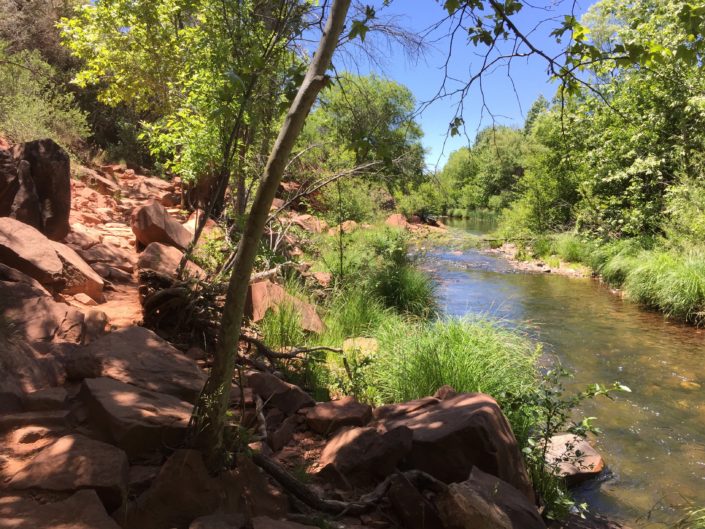
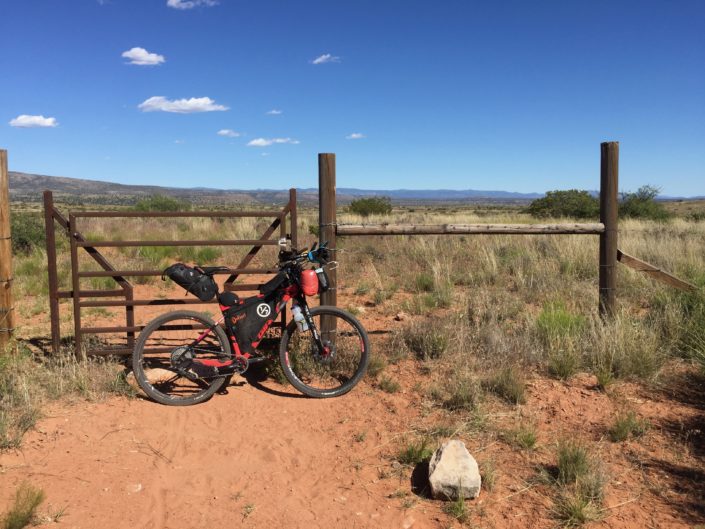
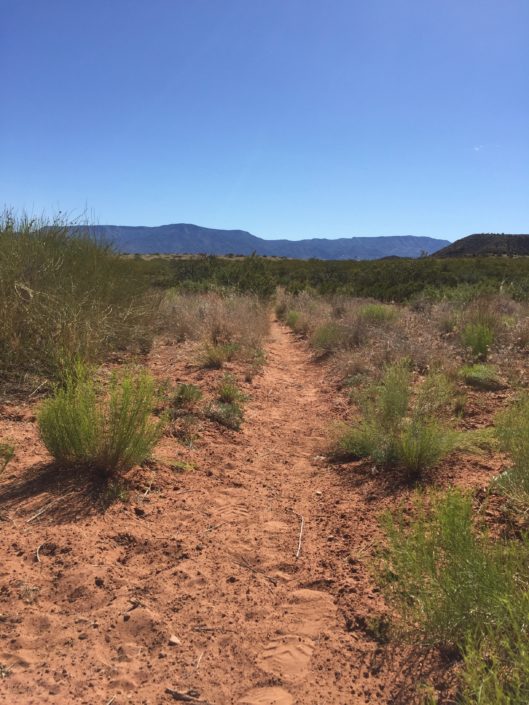
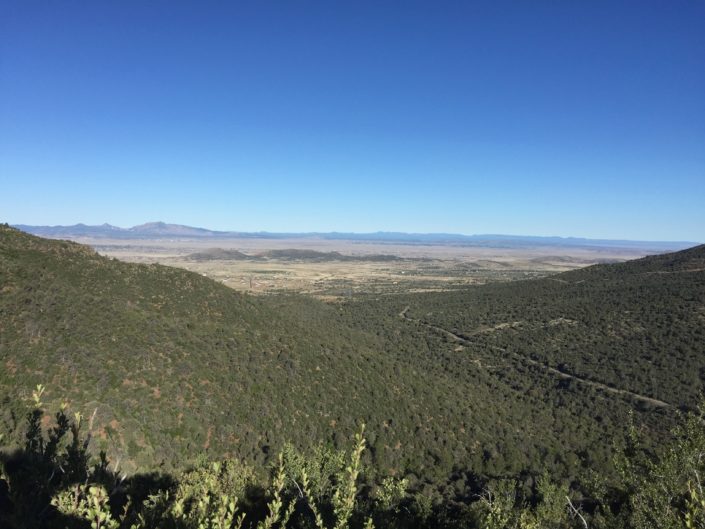
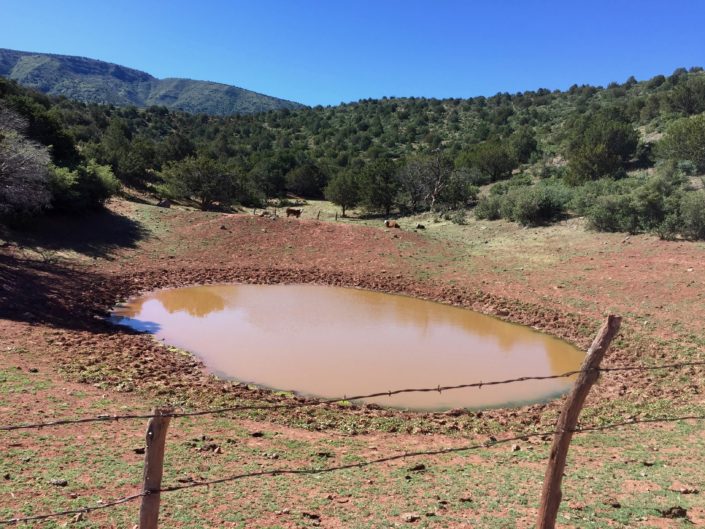
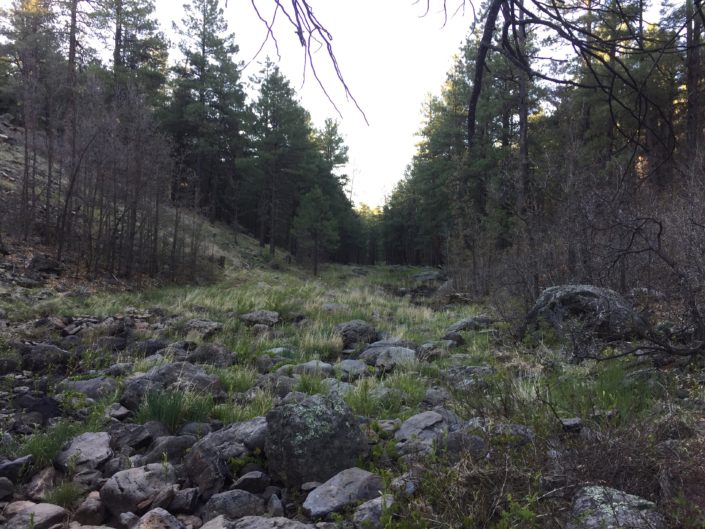

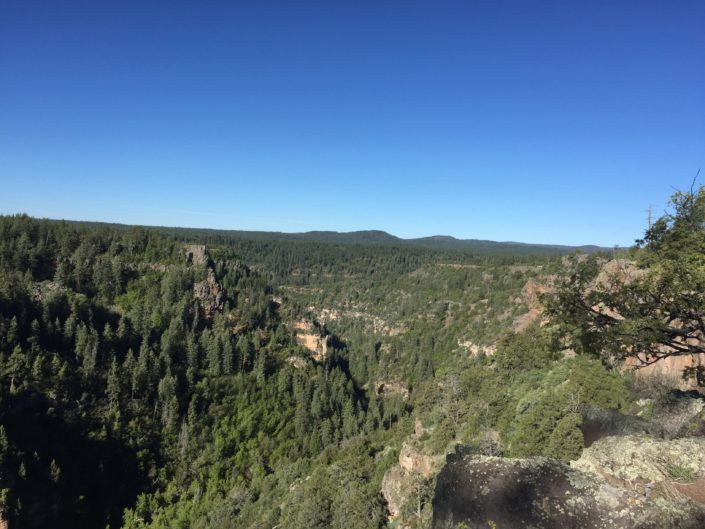
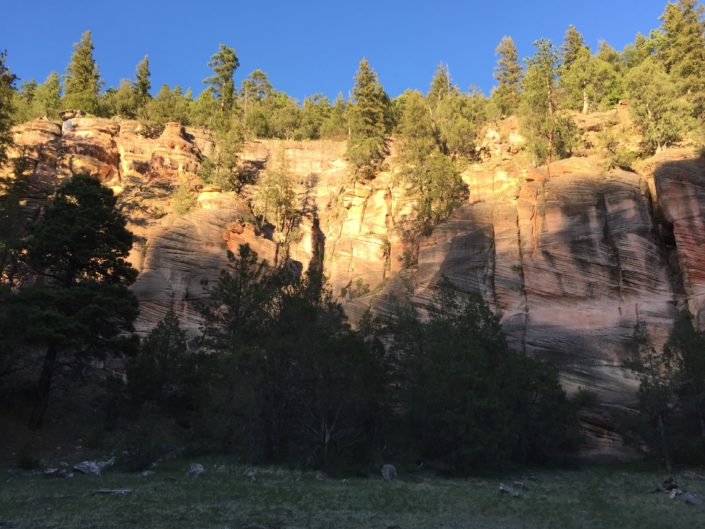

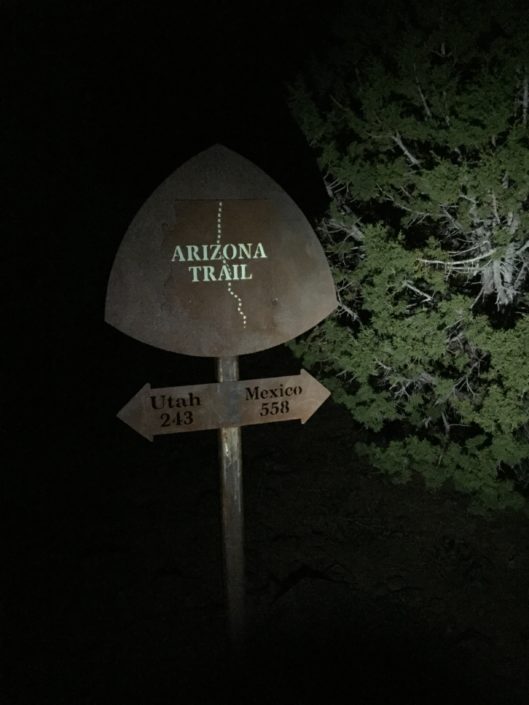
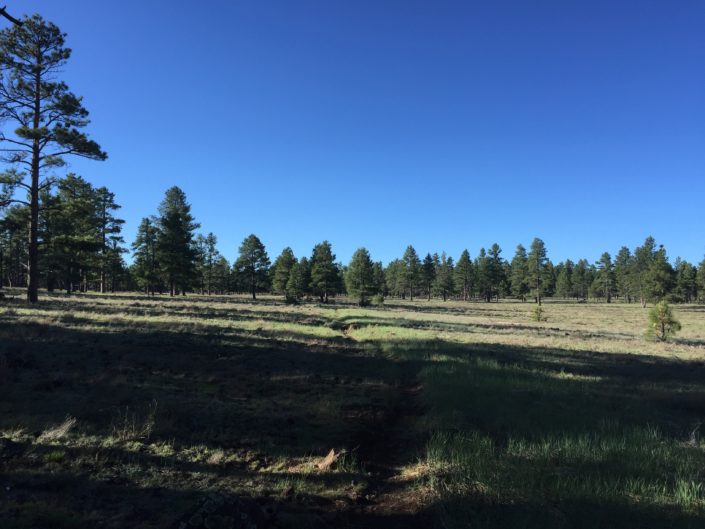
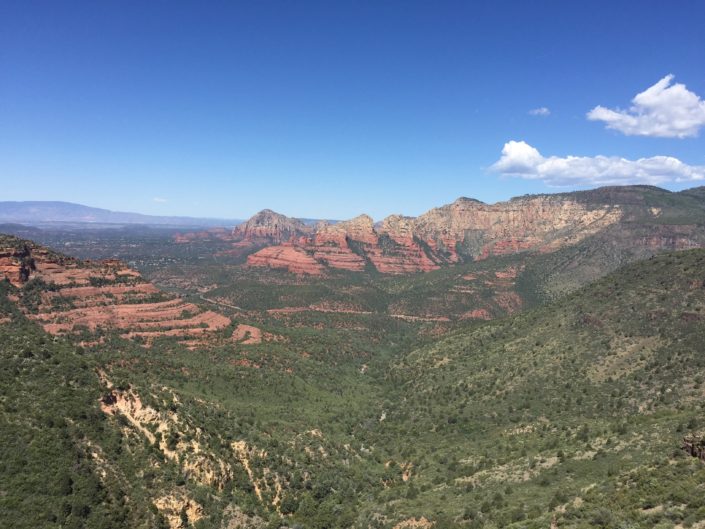
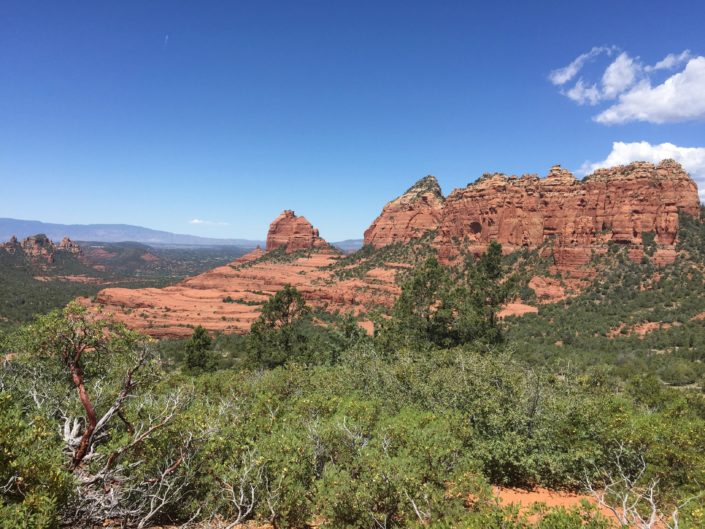
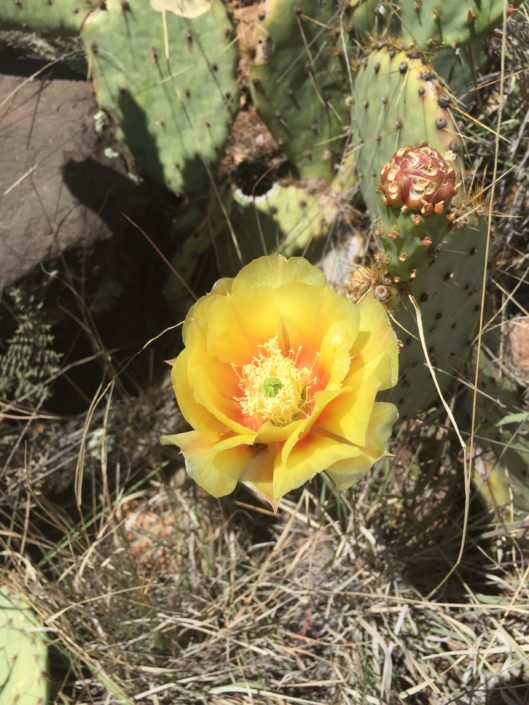
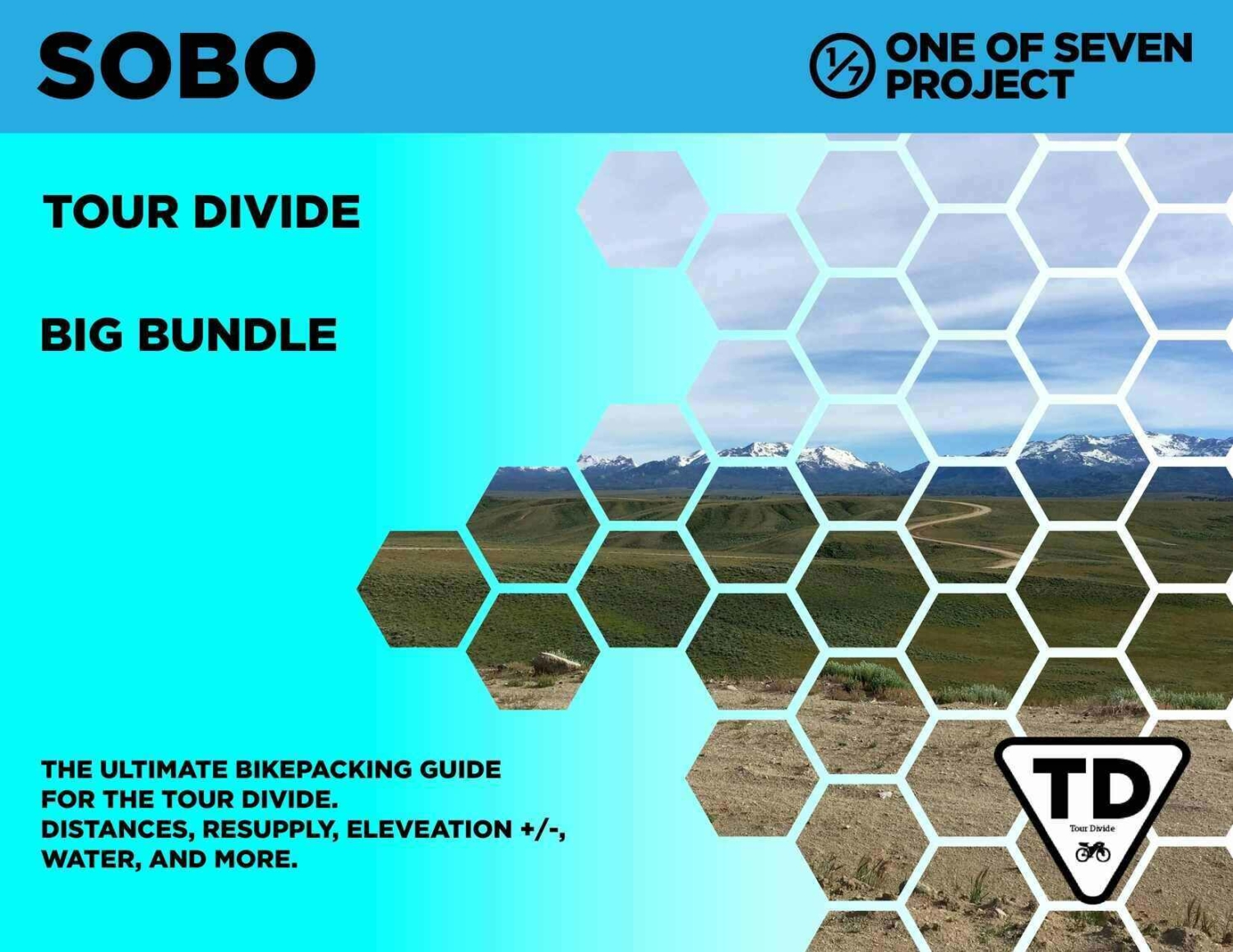
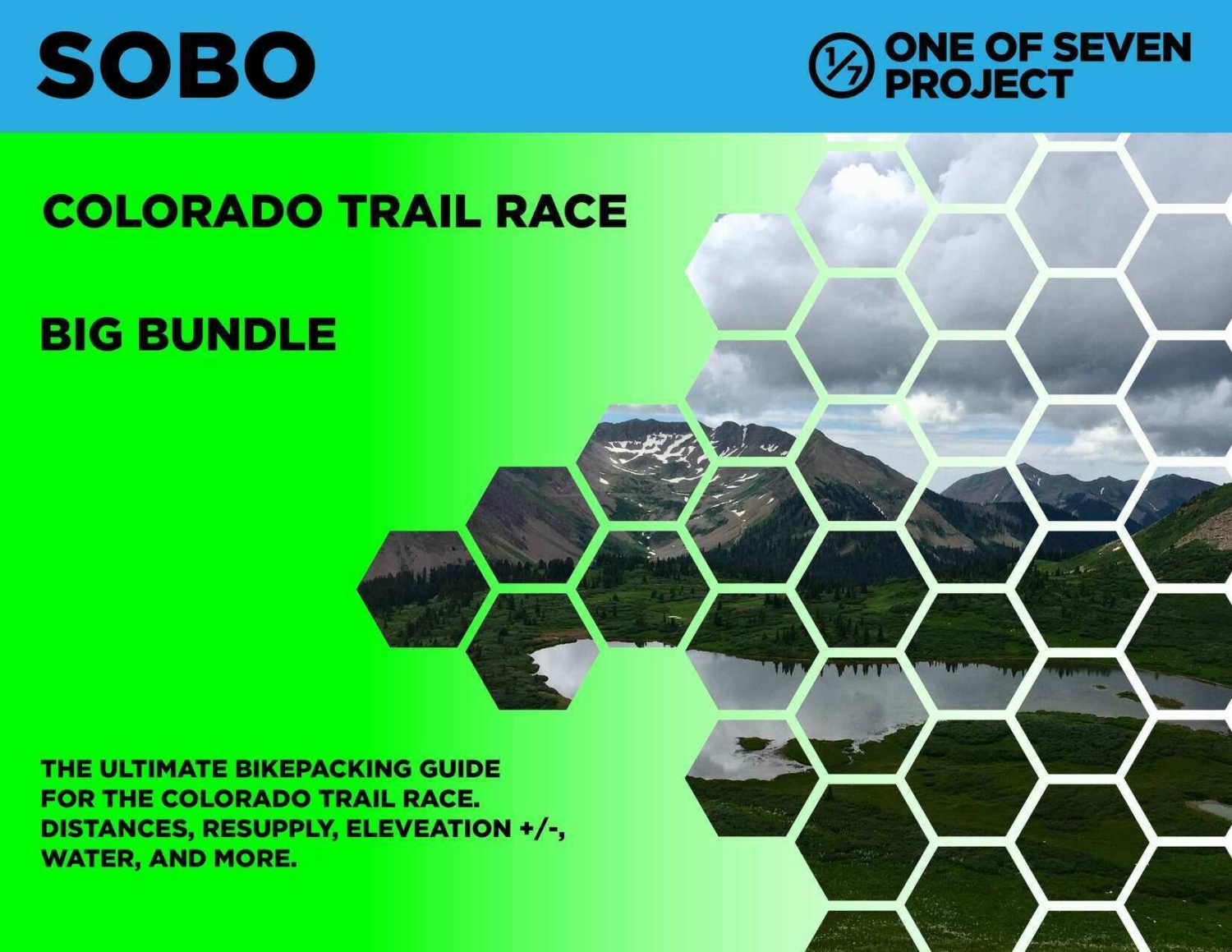
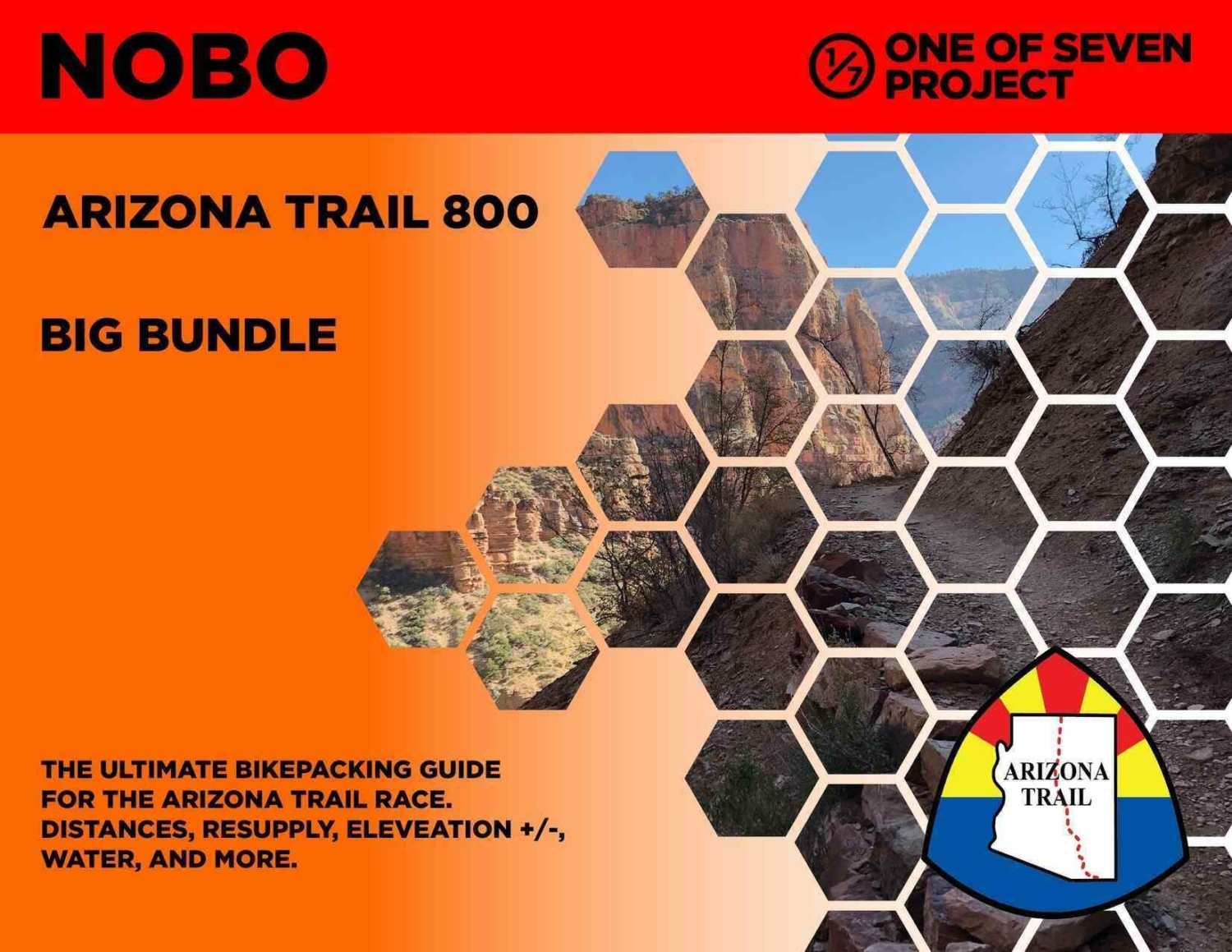
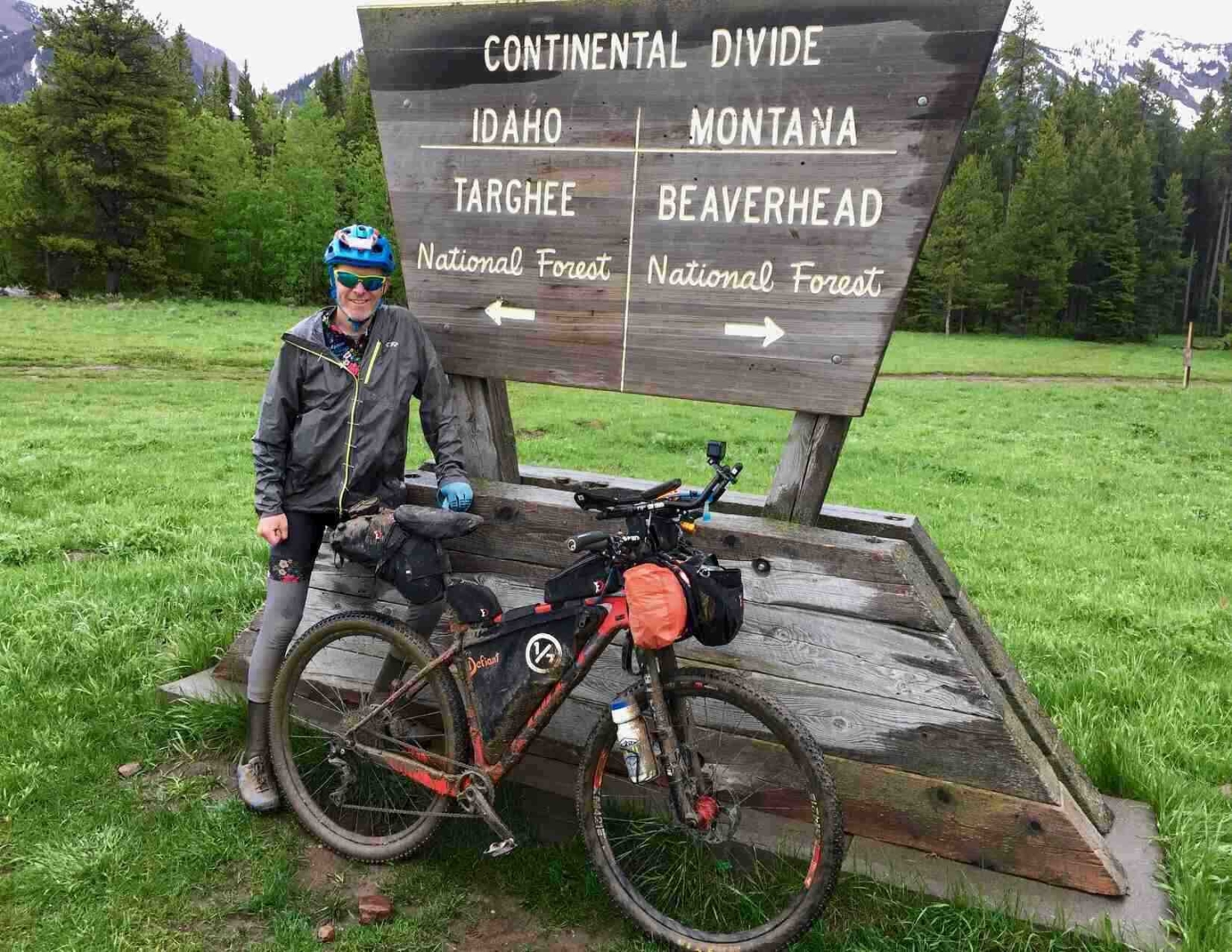
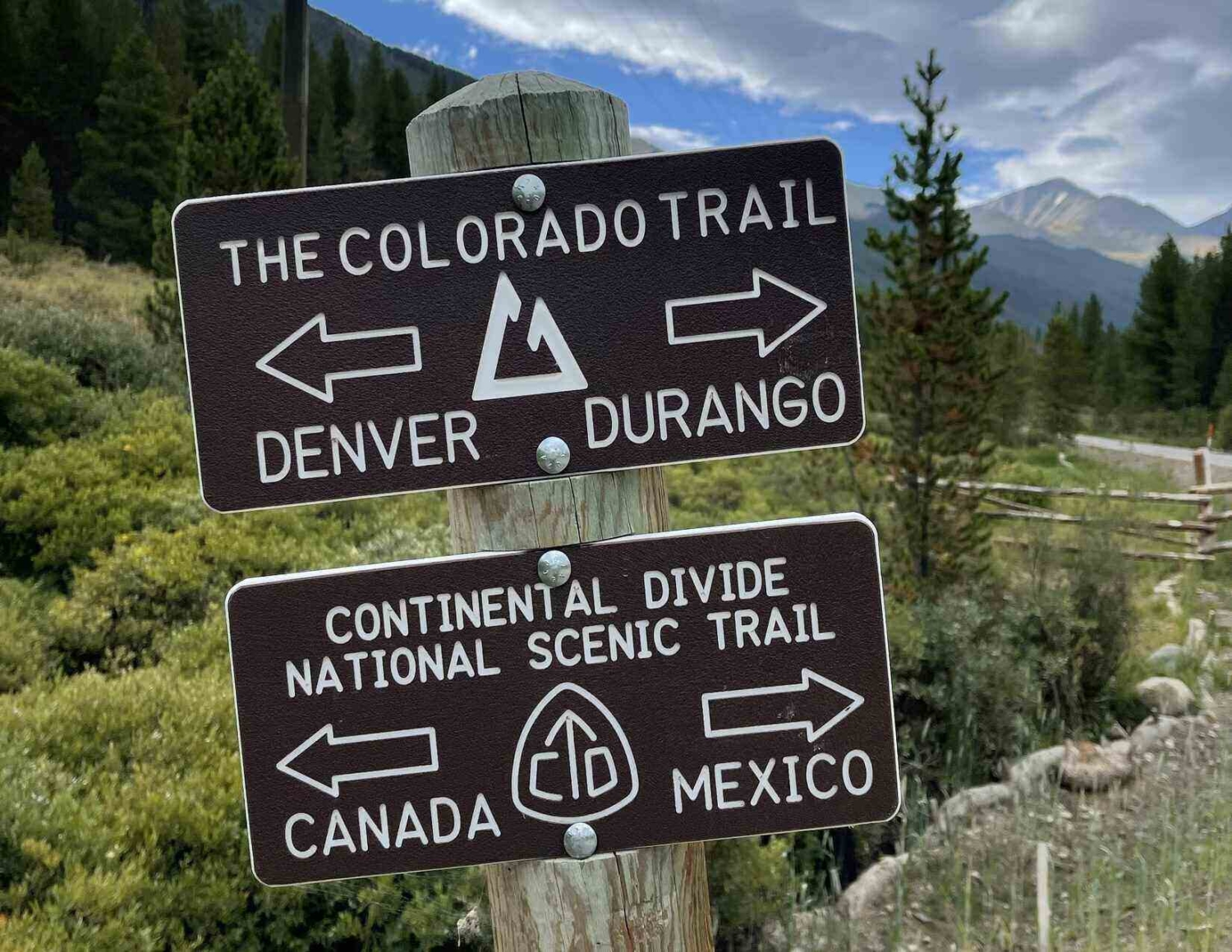
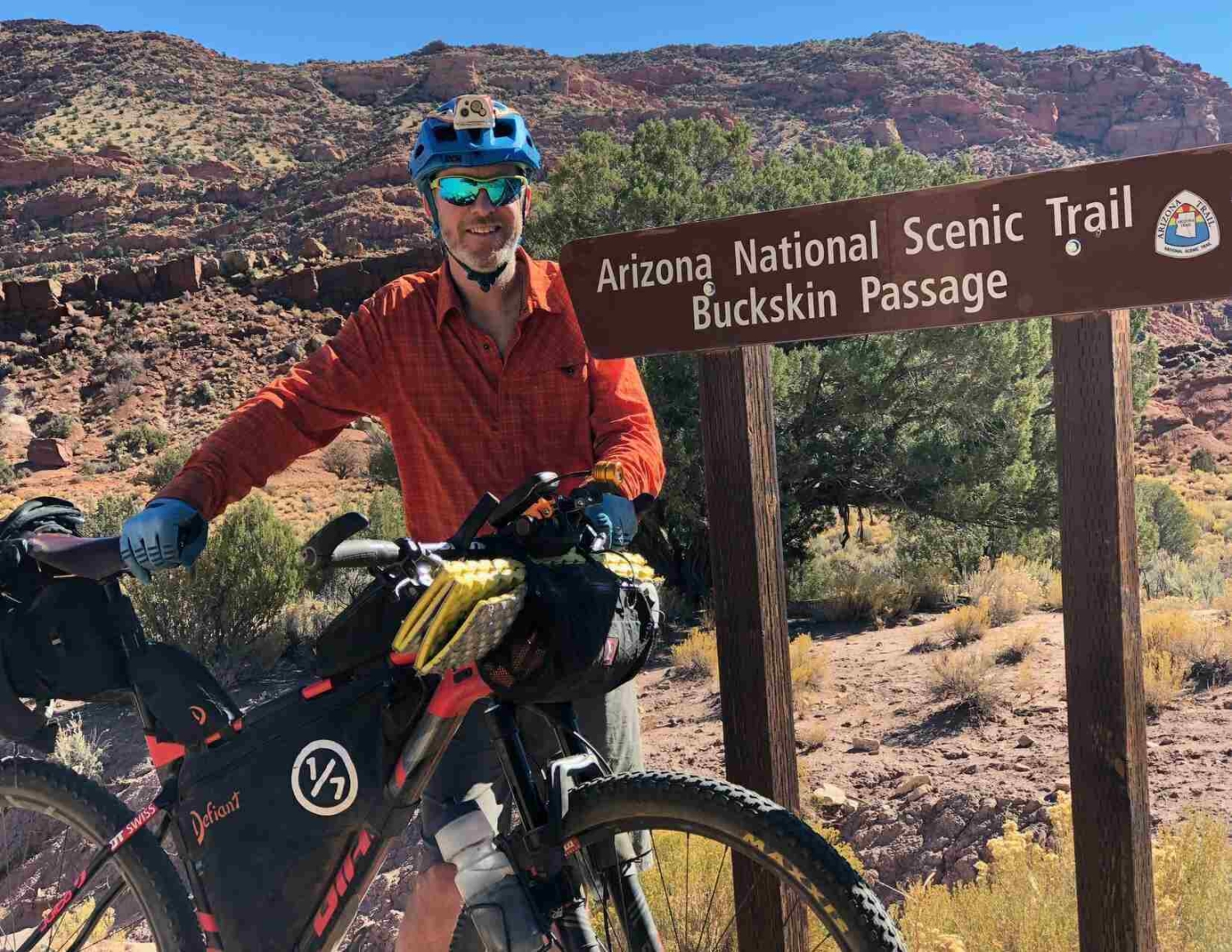
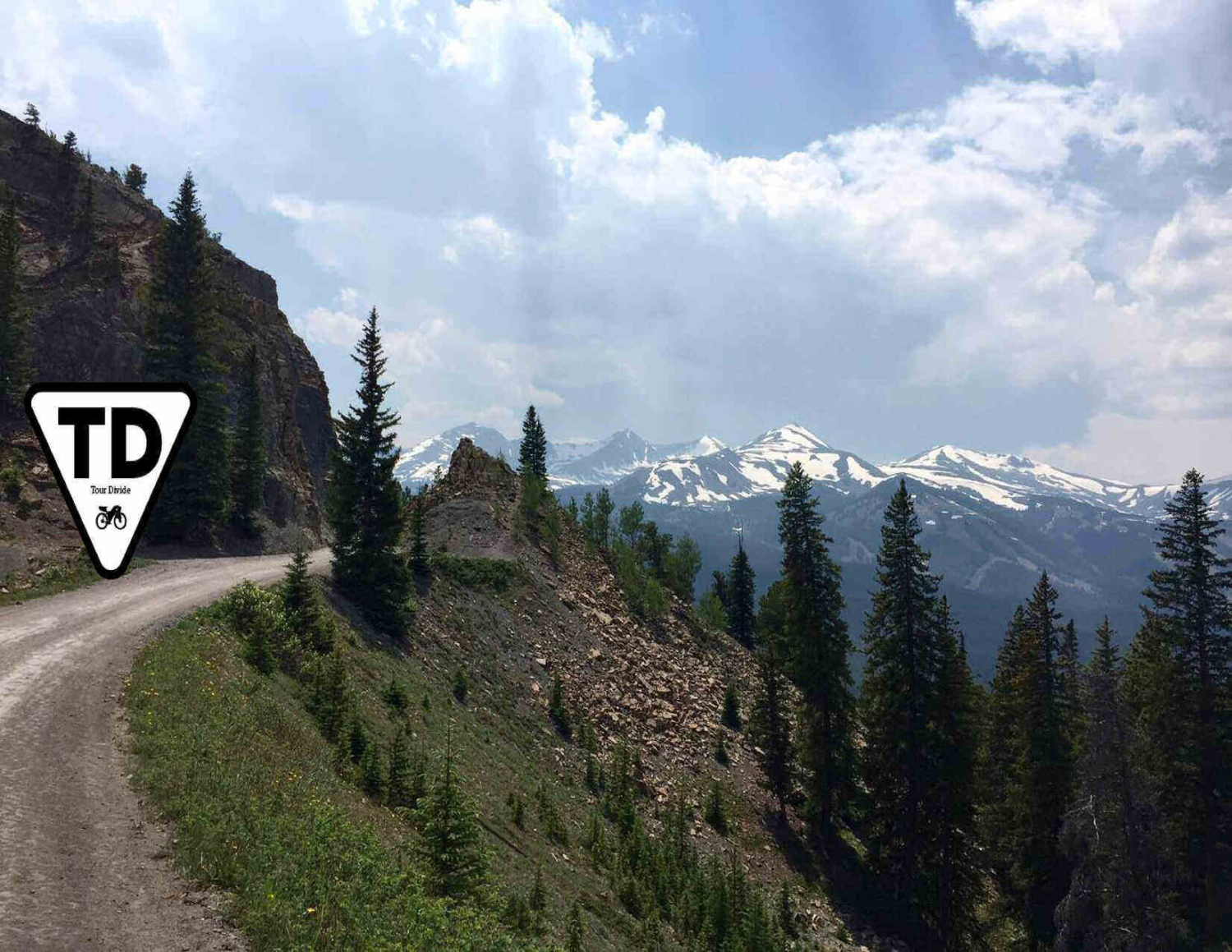
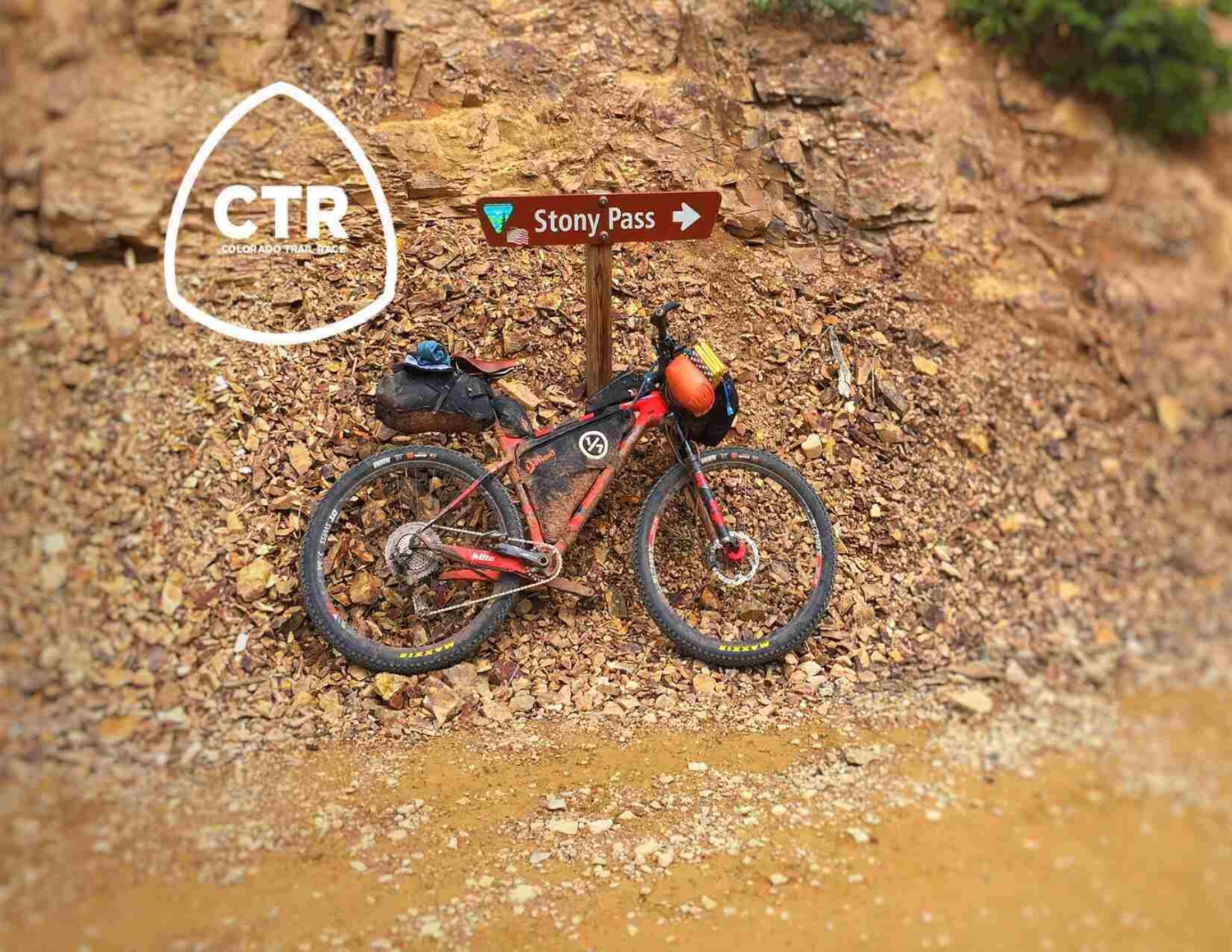
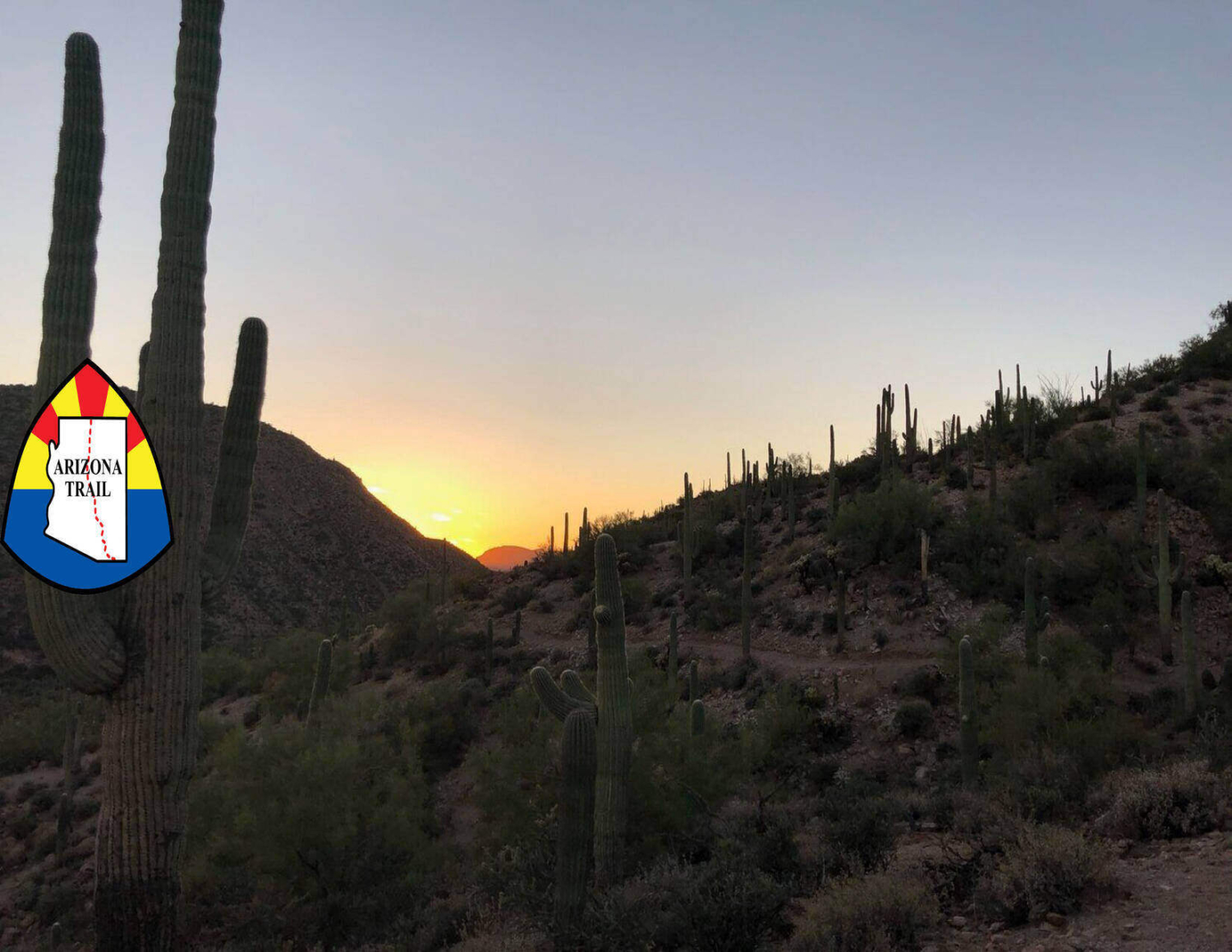
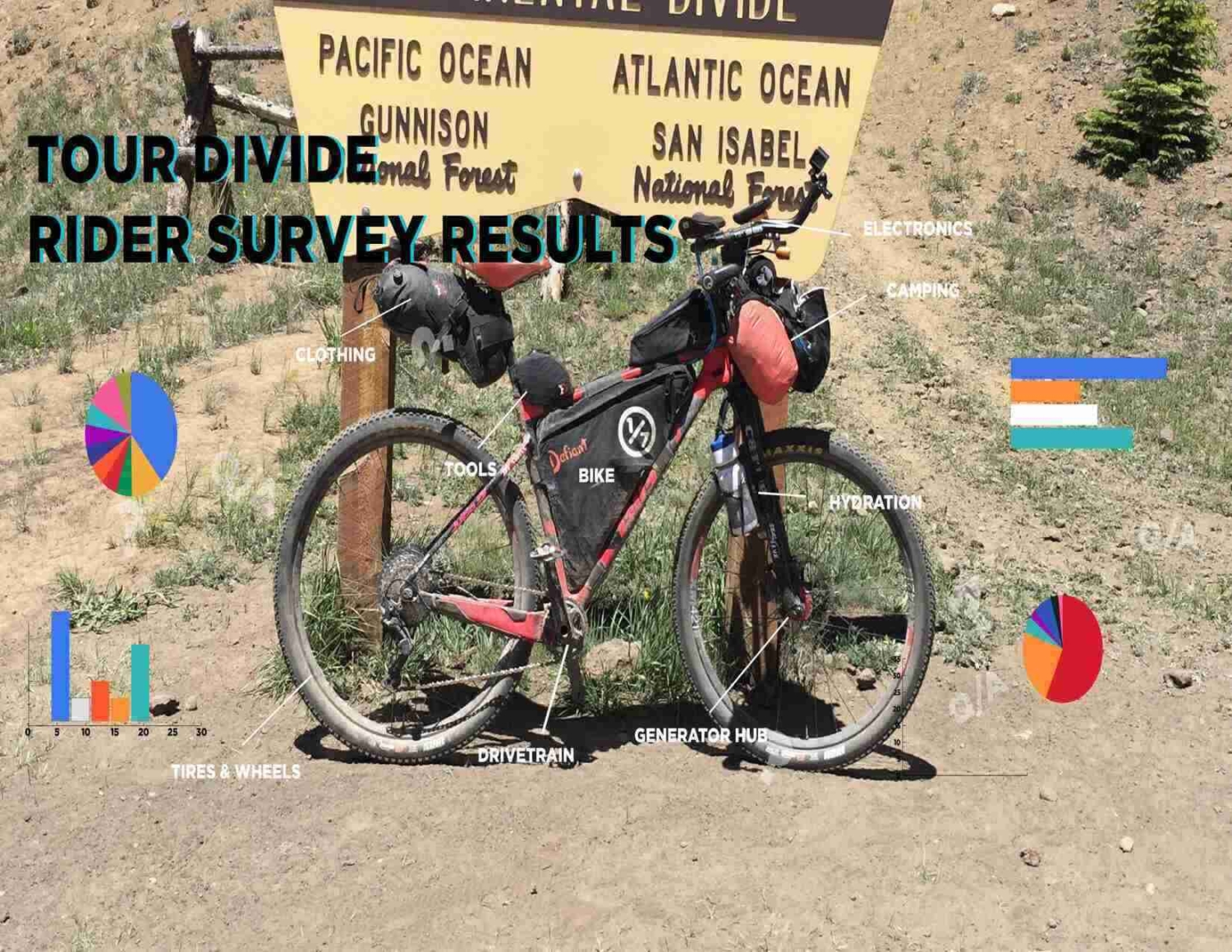

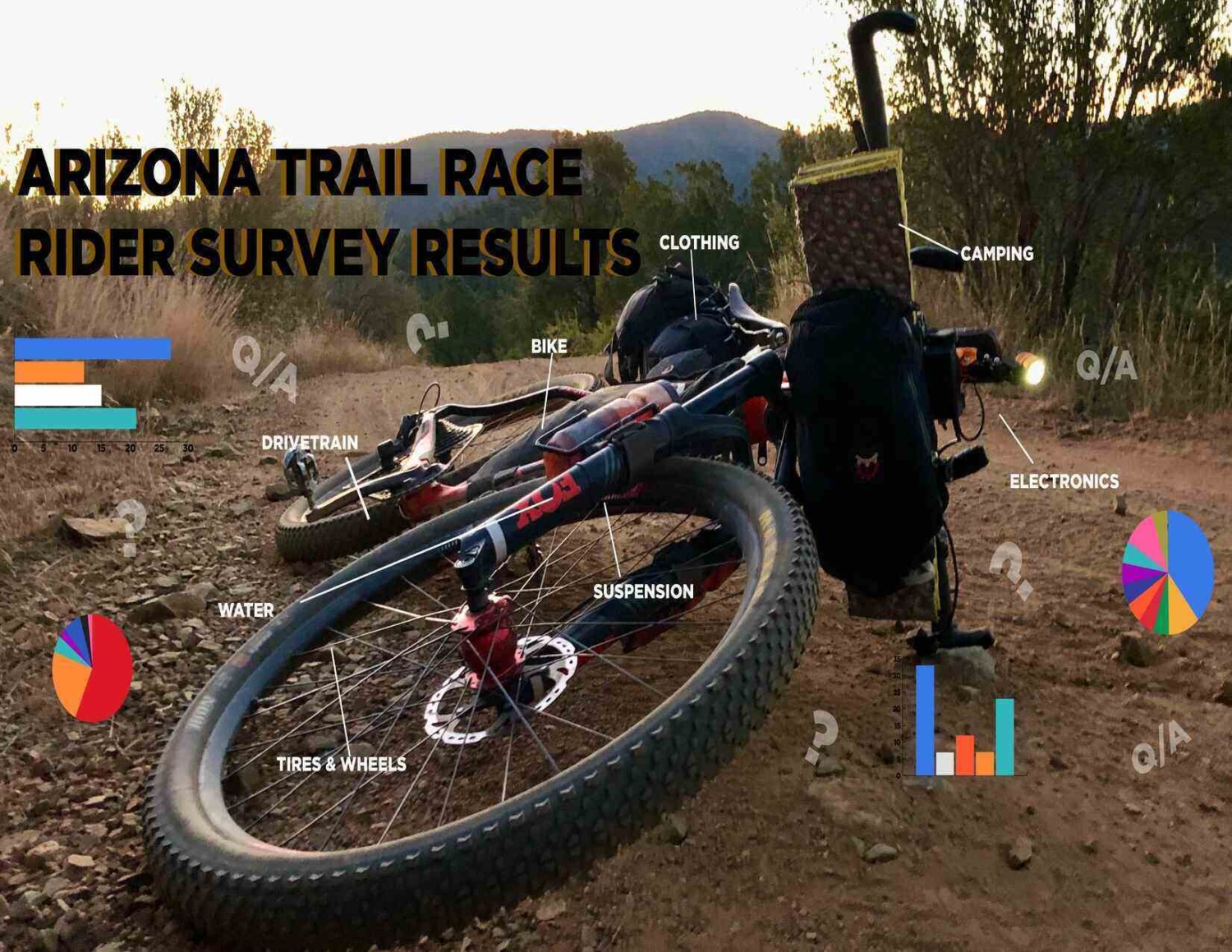
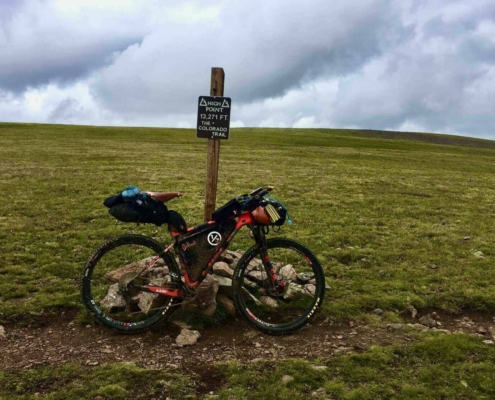
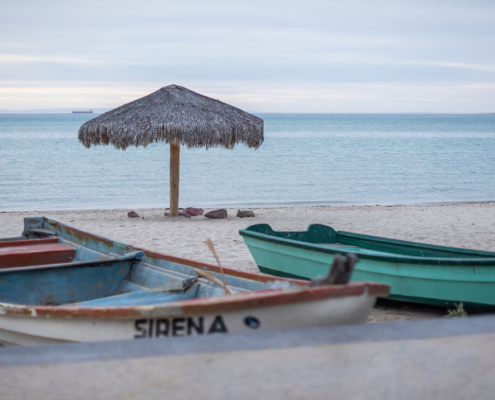 Courtesy of Dirt Trails Wanted
Courtesy of Dirt Trails Wanted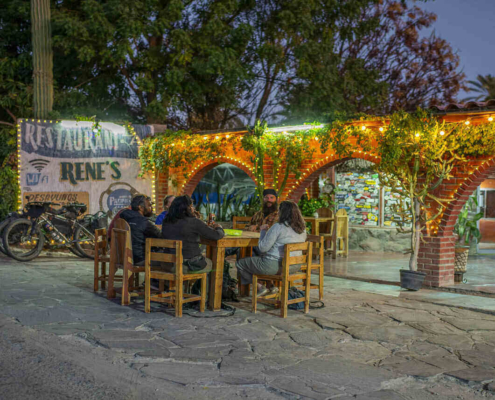 Courtesy of Dirt Trails Wanted
Courtesy of Dirt Trails Wanted